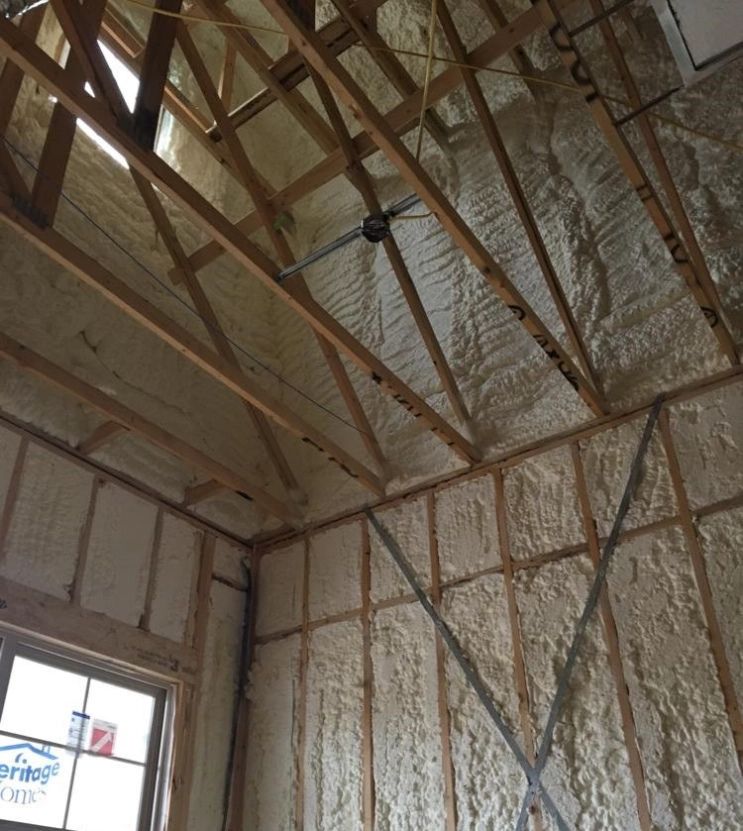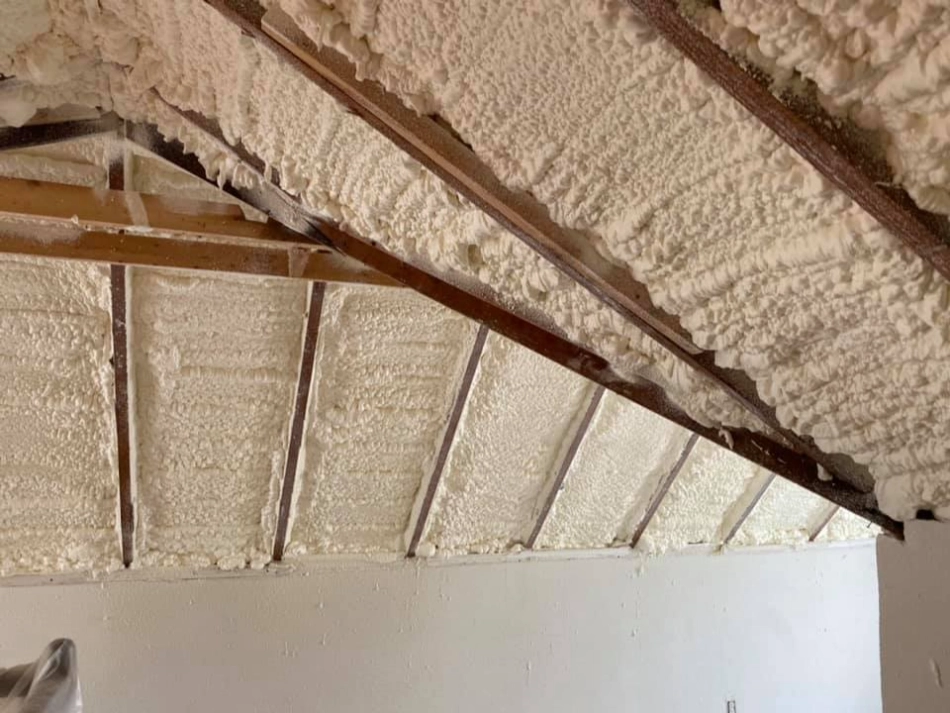Upgrading home insulation becomes necessary when your current system fails to maintain indoor comfort, increases energy bills, or shows visible degradation. Homes with inconsistent temperatures, drafty rooms, or ice dams often have insulation that no longer performs effectively. In climates, where extreme heat and humidity put constant pressure on insulation, performance loss shows faster.
Most homes built before 2000 were insulated below current standards. Changes in building codes, rising energy prices, and improved materials make insulation upgrades a cost-effective move. This article outlines when to act, how to assess, and what to consider based on experience with hundreds of insulation installs and removals.
Signs You Need an Insulation Upgrade
Indoor Comfort Issues
- Uneven temperature between floors or rooms
- Rooms cold in winter or hot in summer, despite HVAC operation
High Energy Costs
- Rising utility bills without a clear cause
- HVAC system cycles frequently or runs continuously
Physical Condition of Existing Insulation
- Insulation is compressed, moldy, or deteriorated
- Visible gaps, moisture staining, or pest nests
Building Age and Materials
- Homes built before 2000 with original insulation
- Construction with vented attics and unsealed crawlspaces
Comparison of Common Upgrade Options
| Insulation Type | Best For | R-Value per Inch | Moisture Barrier | Air Sealing |
|---|---|---|---|---|
| Open Cell Spray Foam | Interior walls, attics | 3.5 – 3.7 | No | Yes |
| Closed Cell Spray Foam | Crawlspaces, exterior walls | 6.0 – 7.0 | Yes | Yes |
| Cellulose | Attic floors, wall retrofits | 3.2 – 3.8 | No | Partial |
| Fiberglass Batts | New builds, low-moisture zones | 2.9 – 3.8 | No | No |
Technical Performance Metrics
| Factor | Target Range or Indicator |
|---|---|
| Attic R-Value | R-38 to R-60 (climate-specific) |
| Wall R-Value | R-13 to R-21 (depending on construction) |
| Air Changes per Hour (ACH) | < 3 ACH for energy-efficient homes |
| Moisture Resistance | High (especially in crawlspaces) |
| Thermal Bridging | Minimized with foam or dense-pack cellulose |
Regional Performance Guidance
In Austin and Central Texas, insulation must resist heat gain in summer and manage moisture year-round. Open cell spray foam works well for sealing attics and walls, reducing radiant heat entry. Closed cell foam is ideal for crawlspaces, where humidity and water intrusion are persistent problems. Ventilation must be balanced with insulation to prevent attic overheating.

Things to Consider Before Making a Decision
- Inspection First: Thermal imaging and blower door tests identify weak points before replacement.
- Existing Material Removal: Old insulation removal can be necessary to prevent mold and air quality issues.
- Structure Access: Attic and crawlspace accessibility affects cost and feasibility.
- HVAC Compatibility: Updated insulation may require HVAC system adjustments to maintain balance.
Bonus Tip
In mixed-humidity climates, combining closed cell foam in moisture-prone areas with open cell in conditioned spaces can balance performance and cost.
Services Most Relevant to This Upgrade
Stellrr offers spray foam insulation services that directly support homeowners evaluating or undertaking upgrades:
- Attic Insulation: Targets heat gain reduction and energy efficiency.
- Insulation Removal: Safely extracts old, contaminated, or ineffective material.
- Closed Cell Spray Foam: Best for crawlspaces and exterior wall upgrades.
- Open Cell Spray Foam: Ideal for conditioned attics and sound dampening.
Common Questions Before Upgrading
How do I know if my insulation is the problem?
Start with signs like drafty rooms, inconsistent temperatures, and high energy bills. An inspection confirms whether insulation is at fault.
Can I add insulation over existing material?
Sometimes. But if the old insulation is damp, damaged, or compressed, removal is the better option to avoid trapping moisture.
What’s the most cost-effective upgrade?
Cellulose can be a smart retrofit choice. Open cell foam offers strong air sealing without the higher price of closed cell foam.
Do I need to insulate if I already have HVAC efficiency upgrades?
Yes. Without adequate insulation, even the best HVAC system won’t maintain stable temperatures efficiently.
Get Expert Insulation Guidance
Stellrr provides experience-backed support for insulation upgrades in Austin and surrounding areas. Every project begins with a diagnostic assessment to ensure accurate planning and performance gains.
Email: info@stellrr.com
Phone: (512) 710-2839
FAQs
How long does upgraded insulation last?
Most modern insulation, especially spray foam, lasts 20–30 years or longer without losing effectiveness.
Can I insulate in summer?
Yes. Professional crews handle attic temperatures with proper safety. Summer is common for upgrades due to high energy use.
Will insulation reduce noise?
Open cell foam and cellulose provide sound dampening, especially between floors and interior walls.
What’s the difference between R-value and air sealing?
R-value measures resistance to heat flow. Air sealing blocks air movement. Both are critical for full performance.
Do rebates exist for insulation upgrades?
Some utilities and local programs offer rebates or tax incentives. Check with Austin Energy or DSIRE for current options.

